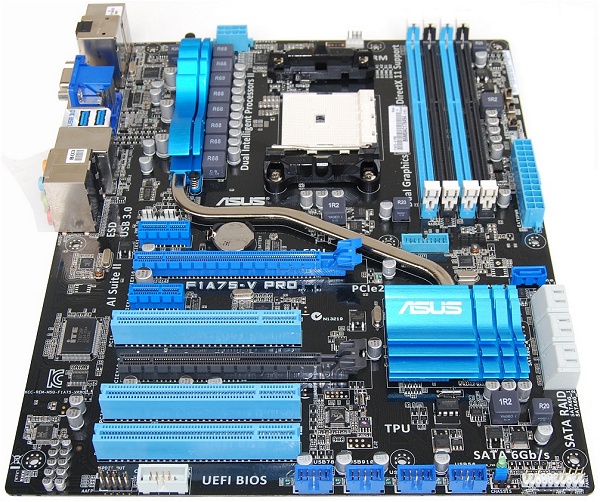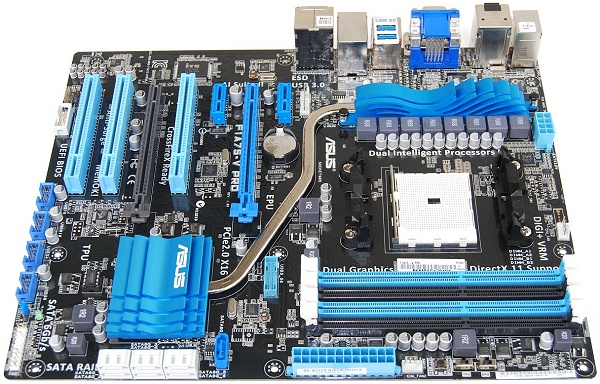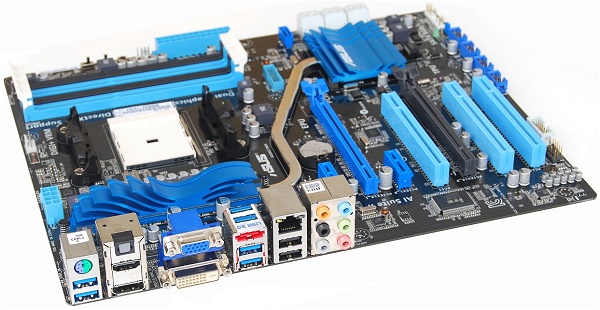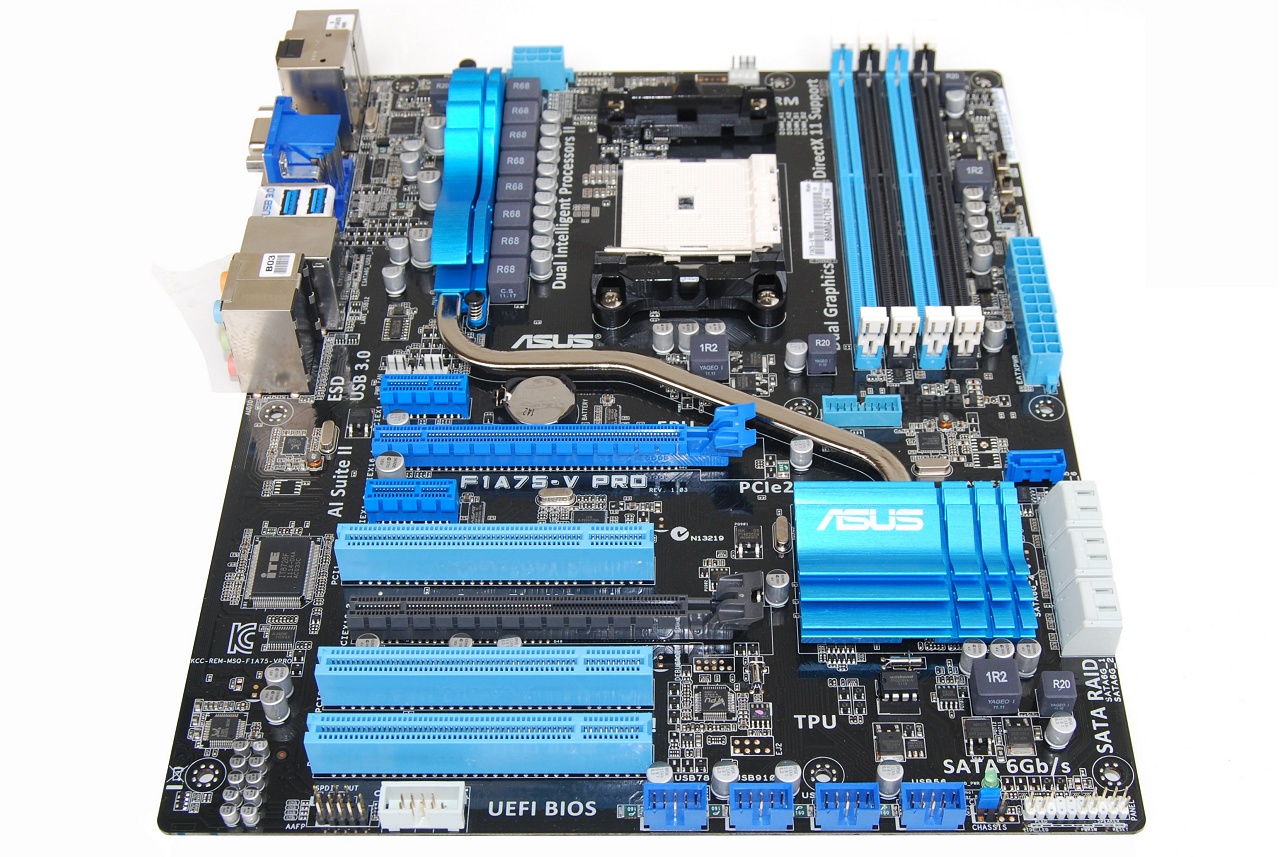Asus F1A75-V Pro
Asus' F1A75-V Pro matches Asrock's on price at $130, though it's not the most expensive board the company offers. Its cheapest A75 board costs $95 while the F1A75-V Evo leaps to $140. While it may not be Asus' flagship, the F1A75-V Pro is a worthy competitor with six USB 3.0 ports, eight SATA ports and dual PCI Express x16 slots.


Again, keep in mind that the AMD A75 FCH provides six SATA 6Gb/s ports supporting RAID0, 1, 10 as well as four USB 3.0 ports and ten USB 2.0 ports. The chipset can also handle four PCIe 2.0 x1 slots while the remaining lanes are provided by the APU. The additional two SATA ports are once again powered by the ASMedia ASM1061 controller.

Asus features one of the ASMedia SATA ports onboard while the other is located on the I/O panel. This is a similar implementation to what we saw on the previous page, but we prefer Asrock's implementation as it provides greater flexibility. With the A75 Extreme6, users can choose if they want to use the rear eSATA port and that seems handy.


Like Asrock, Asus has included the ASMedia ASM1042 for two extra USB 3.0 ports on the board's I/O panel, bringing the F1A75-V Pro's USB 3.0 count to four. The remaining two ports are meant to be used on the front panel. Asus has also used the same Realtek RTL8111E network controller and ALC892 audio codec as found on the A75 Extreme6.



However, Asus has omitted the Extreme6's VIA Fire VT6315 PCI Express 1.1 x1 IEEE 1394a controller and there are also less PCI Express lanes available. Asus opted for dual PCIe 2.0 x16 slots with a pair of x1 slots. Asrock's design seems more logical as it's still possible to use the x1 and x4 slots when using Crossfire or SLI technology with dual slot cards. We should also mention that Asus doesn't list SLI support as a feature of the F1A75-V Pro.

Whereas the A75 Extreme6 featured Asrock's Advanced V8+2 power phase design, the F1A75-V Pro has received a Digital 6+2 power phase design backed by the Asus DIGI+ VRM, which combines the TPU (TurboV Processing Unit) and EPU (Energy Processing Unit). How these features really compare is anyone's guess but we wanted to see how well they stack up when it comes time to overclock them, and that's coming later in this roundup.

All told, the I/O panel is populated with a legacy PS/2 port, one dual link DVI, DisplayPort, VGA and HDMI output, an eSATA connector, two USB 2.0 ports, four USB 3.0 ports, Gigabit Ethernet, six audio jacks and an optical S/PDIF port.
